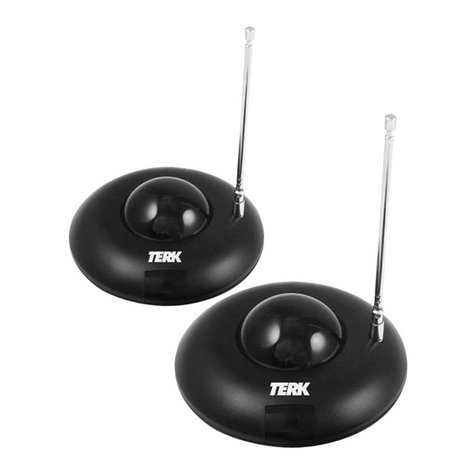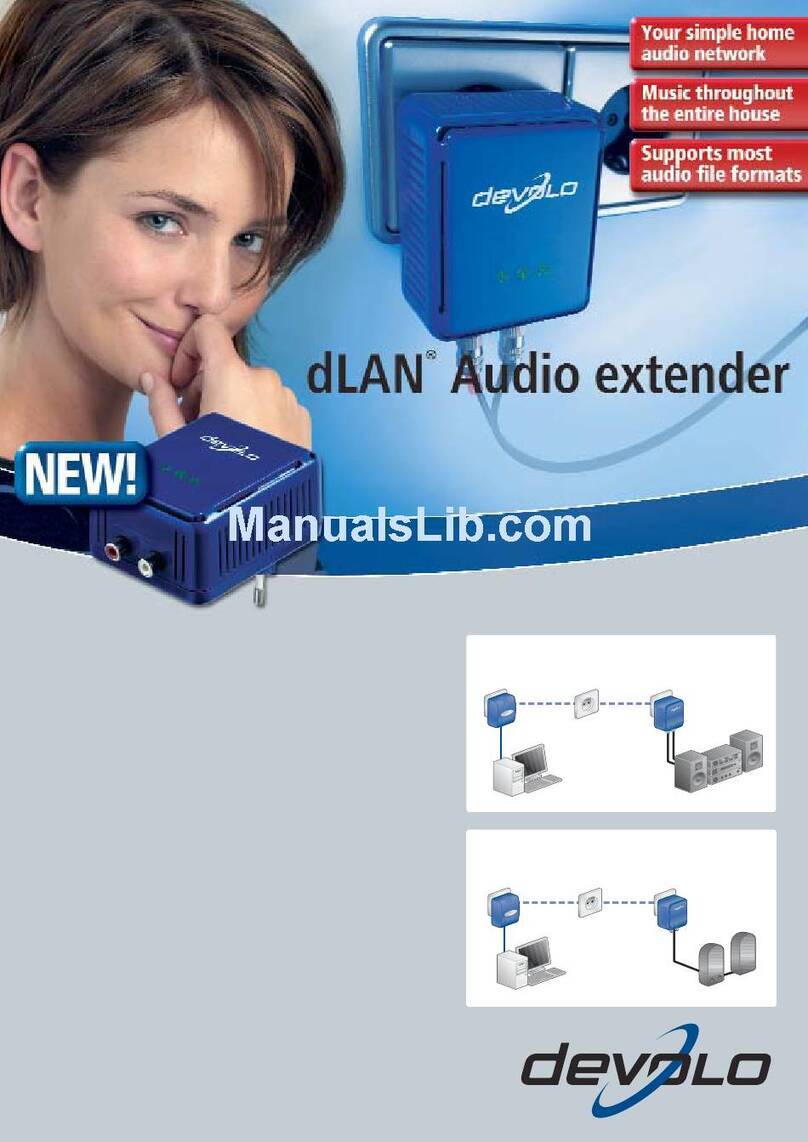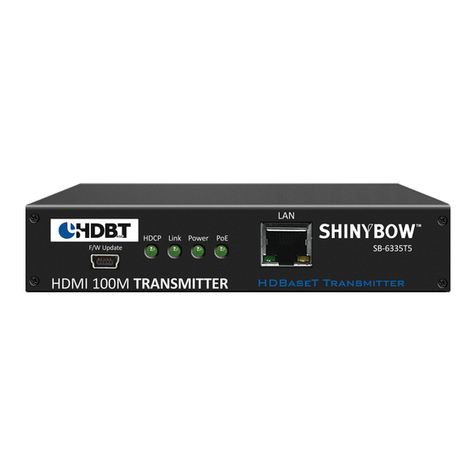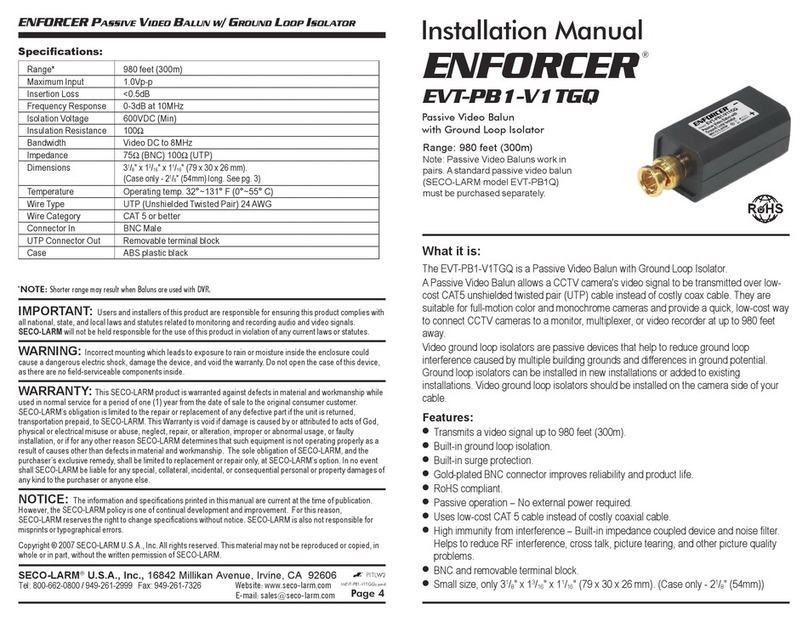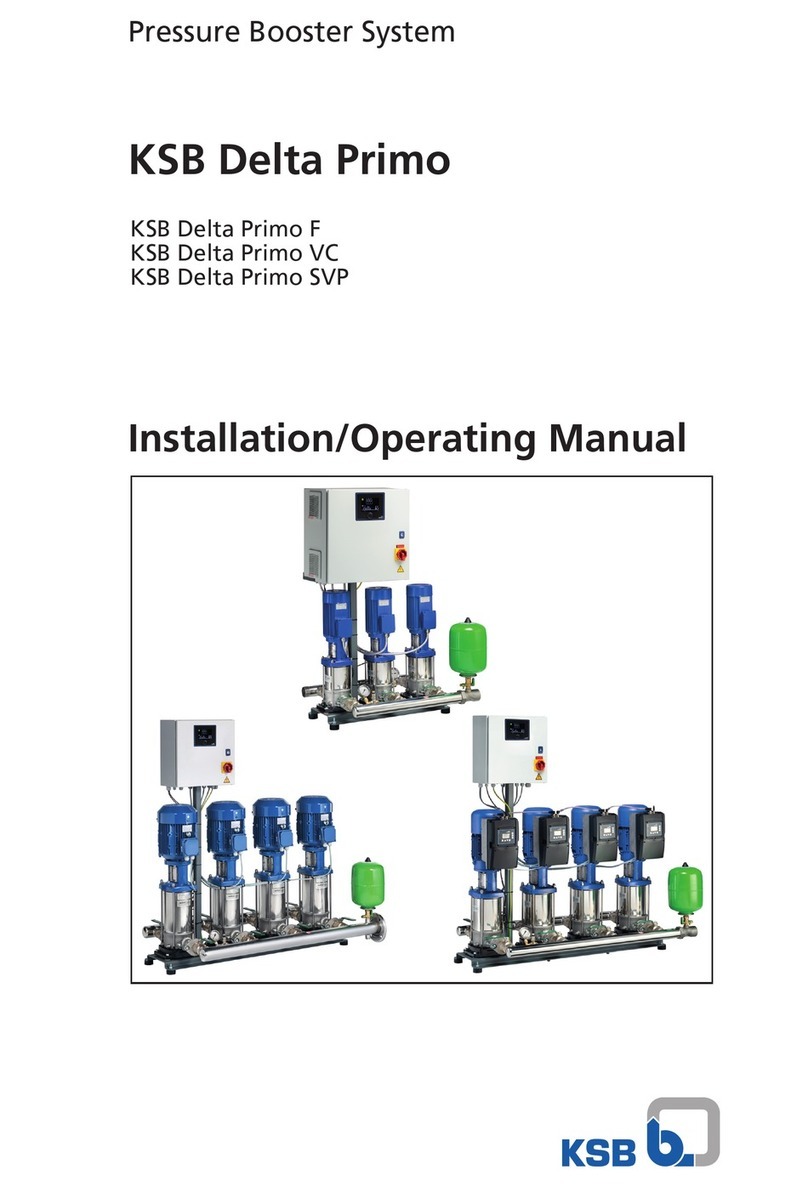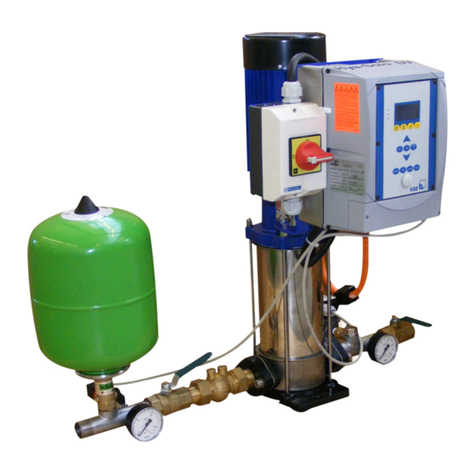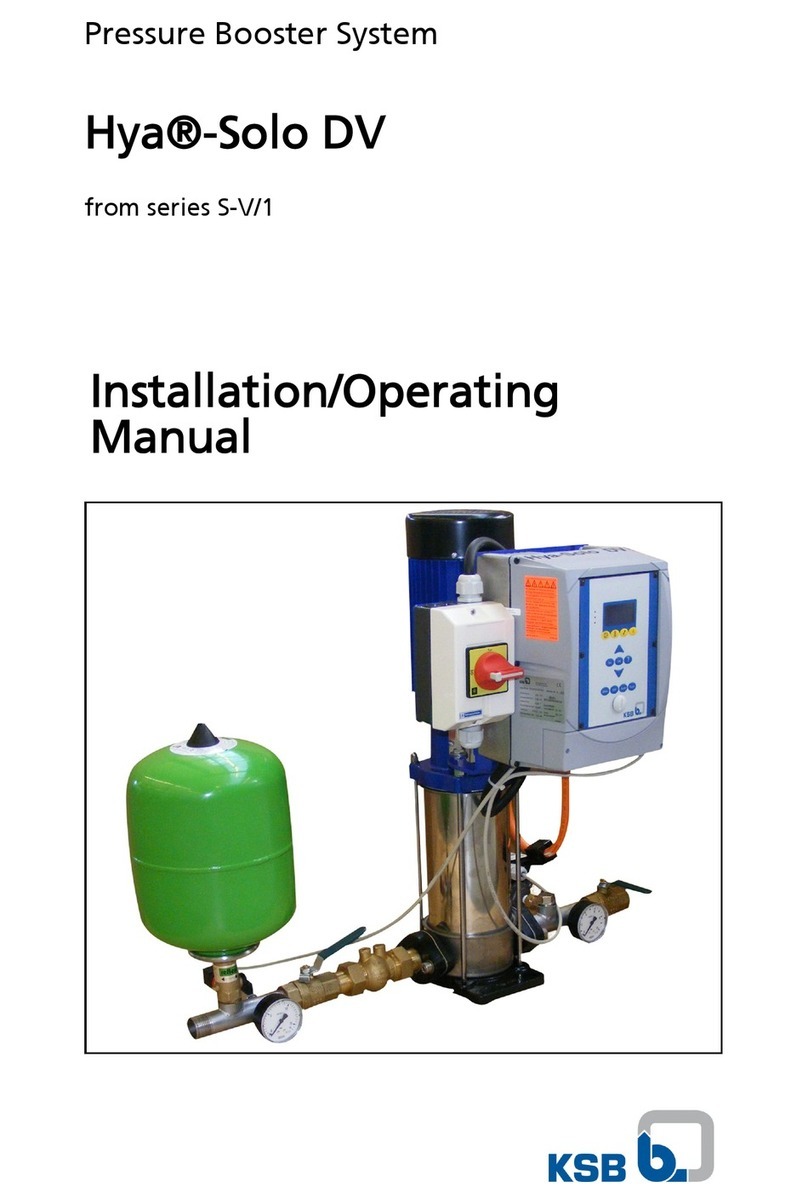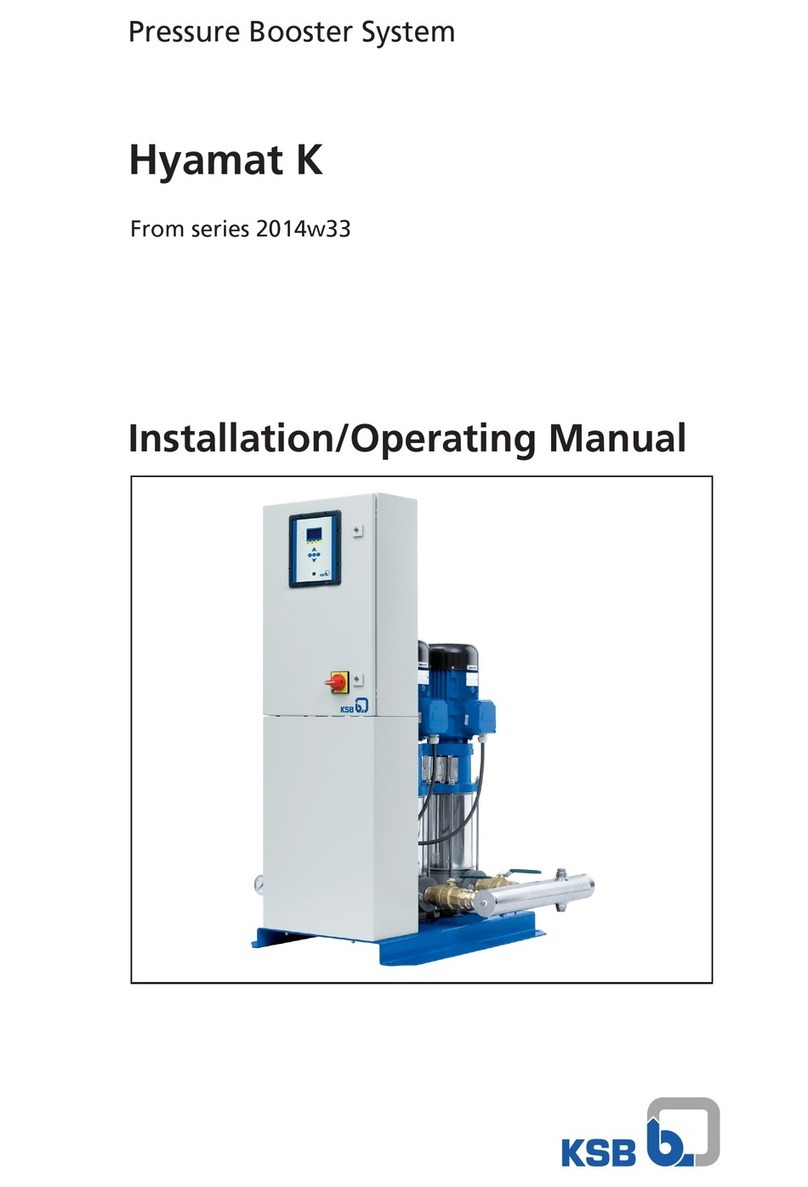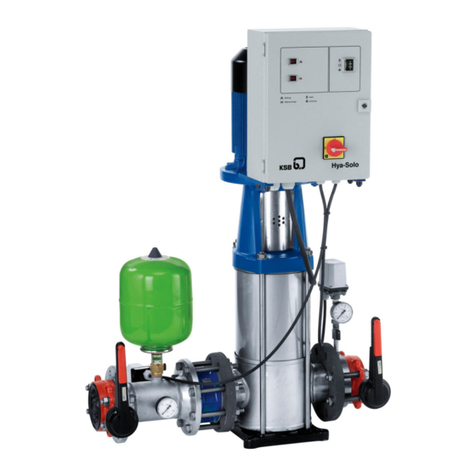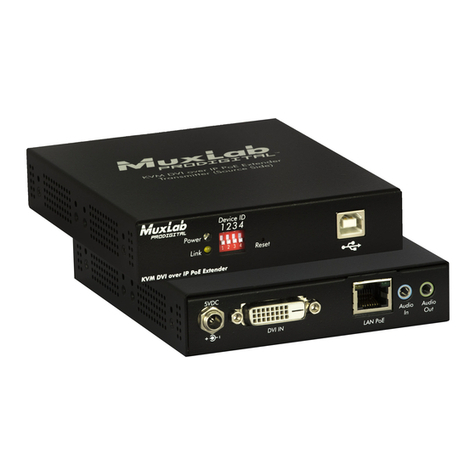
Caution
Hyamat K
5
Immediately following completion of the work, all
safety-relevant and protective devices must be re-installed
and / or re-activated.
Please observe all instructions set out in the chapter on
”Commissioning / start-up” before returning the unit to service.
2.7 Unauthorized modification and
manufacture of spare parts
Modifications or alterations of the equipment supplied are only
permitted after consultation with the manufacturer. Original
spare parts and accessories authorized by the manufacturer
ensure safety. The use of other parts can invalidate any liability
of the manufacturer for resulting damage.
2.8 Unauthorized modes of operation
The warranty relating to the operating reliability and safety of
the unit supplied is only valid if the equipment is used in
accordance with its designated use (see section 4). The limits
stated in the data sheet must not be exceeded under any
circumstances.
3 Transport and interim storage
The package unit is packaged on pallets or in wooden crates
and wrapped in plastic foil for shipping and interim storage. All
connecting points are capped. It is imperative that the
shipping / handling instructions shown on the package be
followed.
The unit must be protected against frost.
If upon unpackaging the unit you should discover that the
package has been damaged by dropping or some other form of
mechanical impact, please carefully inspect the unit itself for
possible damage and inform the freight forwarder / KSB’s
customer service, even if you have not been able to detect any
such damage.
Once the unit has been removed from the package, it must be
stored in accordance with the location and installation
instructions (see Installation and location).
4 Description
4.1 General description
The fully electronic pressure boosting package units are
supplied ready for connection.
The equipment circuitry allows both direct and indirect
connection to the water supply system.
For combined use as drinking water supply and fire protection
system, Hyamat K can be installed as an interconnected
system in accordance with DIN 1988, Part 5.
The equipment must be operated and maintained in
accordance with DIN 1988 (DVGW) so as to ensure
uninterrupted reliability of water supply, without causing
disturbances in the public water supply or other consumer
supply systems.
The instructions put forth in DIN 1988 must be adhered to for
connection to the public water supply system; any applicable
water utility or fire protection regulations must also be
complied with.
Furthermore, local conditions must be taken into account (for
example excessive or very unsteady supply pressure requiring
the installation of a pressure reducer).
4.2 Configuration and function
4.2.1 Configuration
Between 2 and 6 vertical high-pressure pumps (for description
and function, please refer to the pump’s Operating Instructions)
are arranged on a baseplate.
Each pump is installed on its own anti-vibration mounts.
Pumps connected in series are coupled by stainless steel
pipes.
On the system side, a combined non-return and shut-off valve
(KFR) or a swing check valve and a shut-off butterfly valve are
fitted downstream of each pump.
On the suction side, a ball valve or a shut-off butterfly valve are
fitted upstream of each pump as a service valve.
The shut-off elements permit dismantling of individual pumps
without having to drain the pipework. The discharge side
non-return valve ensures that the system remains filled with
water and prevents backflow through the pumps.
Both distributor pipes feature additional connections for
draining, venting and installation of various dry running
protection devices.
The surge vessel (accumulator) is fitted with an isolating valve.
It compensates discharge-side peak pressures and, together
with the minimum operating period, limits the pumps’ switching
frequency.
Hyamat K units are switched on as a function of pressure. To
this effect, a pressure transmitter is fitted in the discharge-side
piping.
Depending on the number and performance of the pumps, the
completely wired control cabinet is either supplied mounted on
the baseplate or as a free-standing cabinet.
Only additional and special equipment is already fitted on the
system.
Accessories such as expansion joints, tanks, accumulators,
pressure reducers etc. are supplied with the unit but are not
mounted.
The unit is driven by surface-cooled three-phase squirrel-cage
motors, 50 Hz, air-cooled, 2-pole, KSB standardized motor with
main dimensions to IEC. Other motor makes after consultation
with KSB,
up to 2.2 kW 220--240 V/380--420 V,
from 3 kW 380--420 V/660--725 V
enclosure IP 55, thermal class F, up to 4 kW design V18,
from 5.5 kW design V1, all motors>3kWwithPTCthermistor.
4.2.2 Function
The Hyamat unit is switched on and off as a function of the
pressure. The start-up pressure pEand the switch-off pressure
pAare derived from the adjustable set value psoll and the
adjustable hysteresis.
pE=p
soll -- hysteresis, pA=p
soll + hysteresis.
Automatic mode
The unit consisting of 2 to 6 pumps starts the first pump when
the pressure falls below the start-up pressure pE.
When the start-up pressure is reached, a minimum operating
period of 3 minutes is activated.
If this pump meets the current demand and if a pressure > pE
and < pAis maintained, the pump operates until the demand
drops and the switch-off pressure pAis reached.
If the first pump cannot meet the demand, the pressure will fall
below pEagain, and the next pump available is started after a
cut-in delay period of 2 seconds.
This routine is repeated until all pumps are running.
If the unit has been correctly selected in accordance with DIN
1988, the demand will be covered without using the stand-by
pump.
As demand decreases, the pumps are automatically
sequenced out after their minimum operating period and a
cut-out delay of 2 seconds. The pump that was started up first
will be switched off first.
In order to ensure equal distribution of pump operating hours,
the pumps will be changed for the next start-up cycle.
The operating status is displayed via LEDs.

